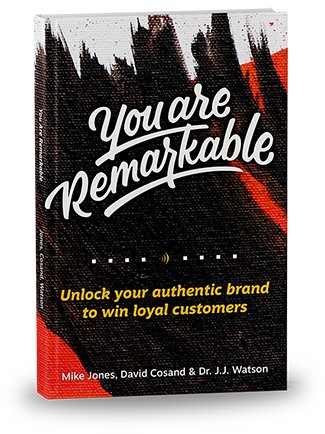A crucial part of user-focused design is eliminating pain points. We go through the process of creating detailed personas so that we can streamline our design and content to fit their individual context. Good personas include webographic information such as device, expertise, and preferred websites, so we better know how to design an interaction that feels comfortable to the target audience. We want to take advantage of the skills our audience already has, rather than demanding they learn something new to use our site.
Task analysis is a tool we use to better understand the user journey of a website by decomposing it into steps. This technique can be applied to both new and existing web designs. We begin with the user’s end goal, and then list the actions and decisions that they make to reach it.This top-down approach shows us the full length of the journey and highlights places where the system may confuse or lose a user. You can also use task analysis to view a side by side comparison of two different ways of achieving the desired result.
The way we interact with websites and apps now includes tapping and scrolling, which adds an additional layer of complexity to the art of web design. To complicate things even more, users rarely enter through the home page, which means the user flow must make sense regardless of the entry point. Let’s walk through how we minimize the mental and physical workload of our design across multiple platforms, and pave user journeys that lead to conversion.
UX? UI? IA? Vowels?
Interaction on any website or app looks like this: the user does something, and the site responds. That’s it. And that is exactly why website strategy is broken into two disciplines: IxD (interaction design: what the user does) and IA (information architecture: how the site responds).
The unseen components of UX design—the strategy behind the interface and content structure—are usually the parts that have the biggest impact on the ease of use of your website. It is important to address both ID and IA early on in the UX process and use what you find to inform the rest of your website.
We’re going to walk through how to do a Task Analysis, which will help us better understand the components of ID that will best aid our users. In our next post, we’ll walk through how to use card sorting to map an intuitive IA.
You want me to do what?
What is the key thing your user needs to do on your website? Whether it’s a checkout process, an educational experience, or a contact form, there are specific steps the user will need to complete to reach the desired end goal. These steps aren’t limited to physical actions—there is a mental component running alongside as well.The goal is to minimize the number of clicks required to complete the task, while reducing the number of decisions you expect your user to make.It is important to consider your user’s context as well—where are they when they are using your website? What device are they on? How much mental bandwidth are they actually able to give to the task?
Here at Resound, we use Task Analysis to get down to the nitty-gritty of a website flow and find opportunities for improvement. Here’s how the magic happens:
Map the steps it will take for your personas to complete their goals on your website. Tasks should be specific and able to be broken into a small number of sub-tasks. Use sticky notes to complete the following:
- Revisit the user’s goals and motivations to frame the exercise—why are they completing this task?
- Break the task into 4-8 subtasks and write these on sticky notes. Place them in a row from left to right. (note: think about the path that your persona would take, and restrain from mapping the choices that you would make.)
- Identify possible pain points in the user journey. Write these on sticky notes and place them in the row below the subtasks. Talk about how they impact the user and potentially cause them to leave the site
- As a group, examine the map and look for opportunities to reduce the steps in the task, or to reduce the mental workload on the user. Provide solutions for each pain point, and write these on a third row of sticky notes.
At the end of your task analysis, you should have found a few ways to shorten the journey and help your user along so that they convert before abandoning the process.
Don’t be a People Pleaser
There is no one design solution that is perfect for everyone. No matter where you are in the UX process, remember to take yourself and the general population out of the equation. What makes the most sense to you will most likely not be the best solution for your user (this is why we harp on about personas so much.) Map your user journey specifically for members of your target audience. If you have two audiences that you absolutely must consider, consider providing two tailored ways of achieving the same end result.
Summary
The way we interact with websites is multifaceted and unique to each individual user. Once we have a detailed understanding of our user’s context and web experience, we can start to walk through our website in their shoes. The task analysis helps us determine the user interactions that we need to accommodate for, while revealing opportunities to lower the demand on the user. This is how you design a sleek interface that wows your audience. It’s all behind the scenes.
Ready to design a seamless user flow?
Download our free cheat sheet to guide your team along.
Drop in your name and email, and we'll send you our free UX cheat sheet. For best results, print it out in color and post it wherever you work your UX magic.Download the Free UX Cheat Sheet
Ready for more? Check out the next part here.



